The Latest SSMs
As an island nation surround by water, the Japanese Ground Self-Defense Force (JGSDF) operates units called “SSM regiments” which basically target off-shore warships with land-based anti-ship missiles.
While JGSDF has long utilized the Type 88 SSM as their main choice, but the regiments have been gradually moving on to the latest Type 12 SSM.
- General Overview
| Length | 5.0m/16.4ft |
| Diameter | 35cm/13.8in |
| Mass (Weight) | 700kg/1,543lb |
| Speed | 1,100km/h (684mph) |
| Range | 200km/124miles |
| Unit Price | 3 million USD |
SSMs are known to be cost-effectiveness, as it can destroy high-value naval targets in exchange for a fraction of the warship’s cost.
This fits quite well with JGSDF’s defense strategy of preventing enemy landings, resulting in Japan to become one of the largest SSM operators in the world.
These SSMs are launched from mobile platforms, usually deployed along the coastal area, though JGSDF often uses the inland mountainous areas to conceal their SSMs from enemy detection.
The core component of these platforms is a truck equipped with six anti-ship missiles, accompanied by fire control systems, search radars, and a reloader, all forming a sophisticated system.
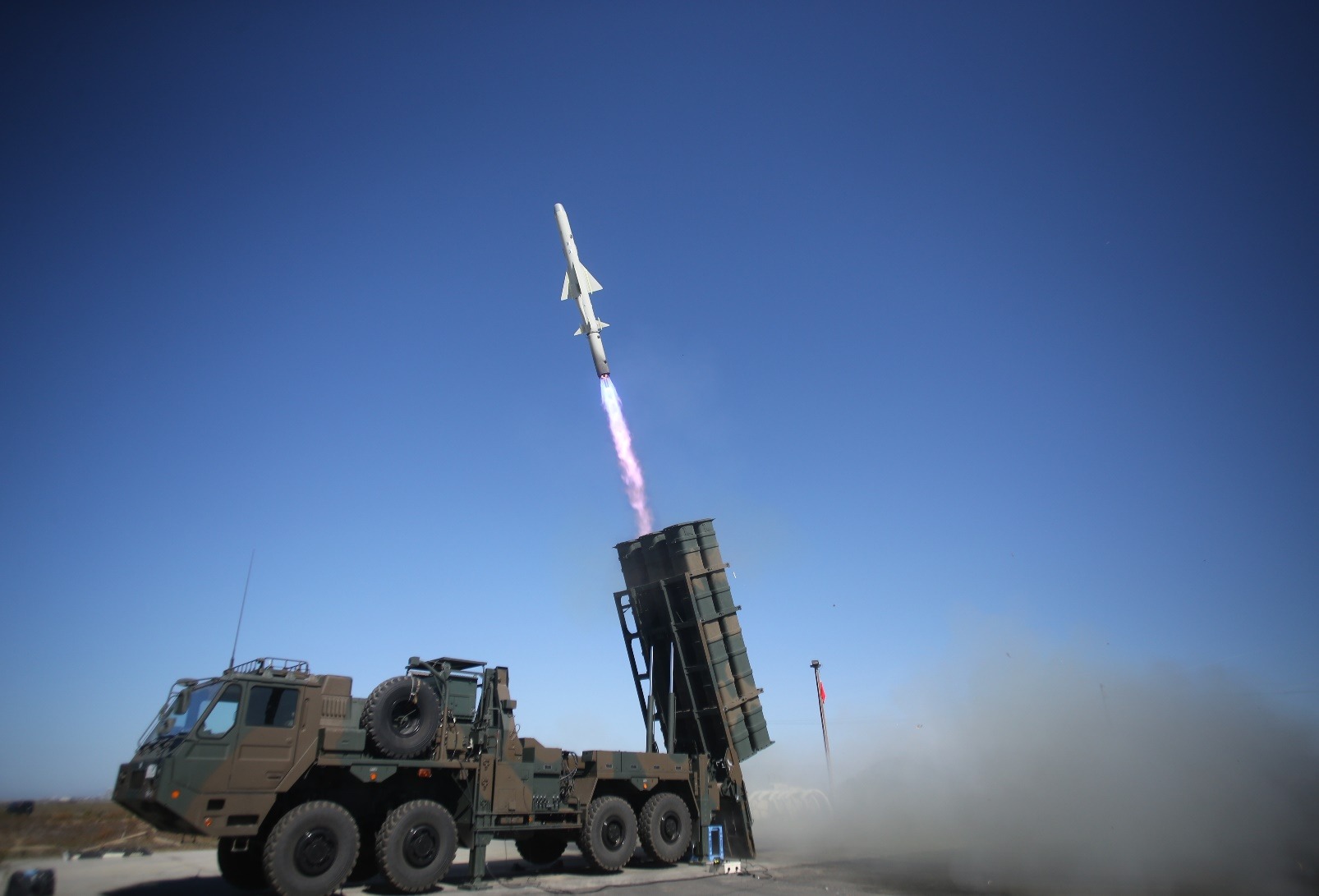 A Type 12 SSM being fired (photo: JGSDF)
A Type 12 SSM being fired (photo: JGSDF)
So, how does the Type 12 SSM differ from its predecessors?
Firstly, the Type 12 can share real-time information with the P-1 patrol planes etc, allowing the missile to update its flight path based on the latest information.
It has also better identification capabilities, easily differentiating large warships from smaller targets, enhancing overall accuracy.
Extending The Range
Although the Type 12 already has a range of 150-200km (93-124 miles), Japan considers this as insufficient in countering the Chinese Navy.
An improved version with an extended range of up to 900km (560 miles) is currently under development, thereby providing JGSDF with stand-off capabilities, the ability to attack from outside the opponent’s range.
Should these upgraded SSMs be deployed in Okinawa, which they probably would, the entire East China Sea would fall within its scope, creating significant headaches for the Chinese Navy.
To make matters worse for Beijing, a modified version is planned for the Japanese F-15J fighter jets. Alongside the improved ASM-3 missiles projected for future use, the Type12 SSM family will undoubtedly reinforce the Air Force’s naval striking capacity as well.
 A 900km range would cover the entire region
A 900km range would cover the entire region
But, Japan isn’t satisfied yet.
There are discussions about further extending the range to a whopping 1,500 km (932 miles).
Combined with the purchase of Tomahawk cruise missiles and JASSM-ER stealth missiles for ground attacks, such development represents a seismic shift in Japan’s defense strategy.
This does not mean that Japan has abandoned its long-held pacifism, but when your neighbor is heavily investing in naval expansion and flexing its muscles, clinging on to previous policies is unfeasible, to say the least.
But, engaging in a full-on naval arms race is impossible, given the massive resources Beijing can invest and Tokyo’s serious lack of sailors.
Therefore, Japan has resorted to developing its own A2AD (Anti-Access/Area Denial) network, a strategy that ironically originates from the Chinese military.
Within this context, cost-effective long-range missiles are essential for a successful A2AD strategy, making the Type 12 SSM and its upgraded versions crucial components.



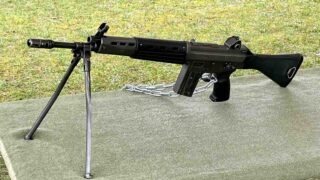
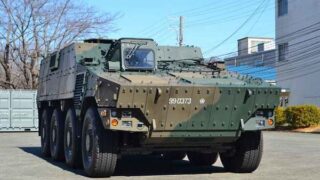
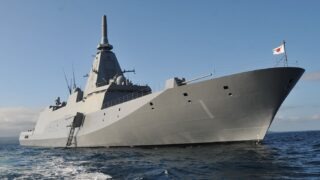
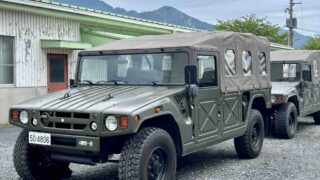
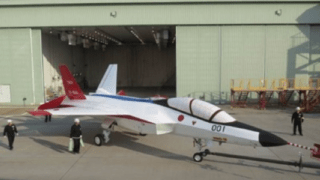
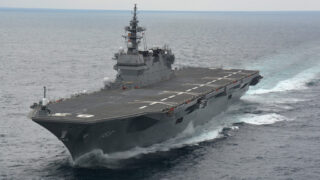
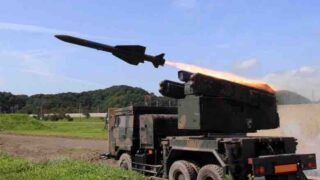
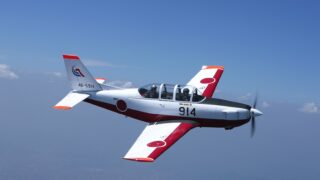
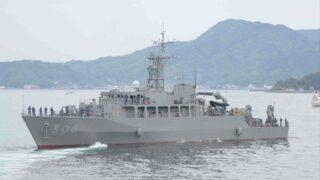
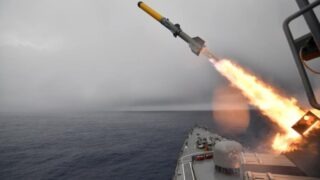
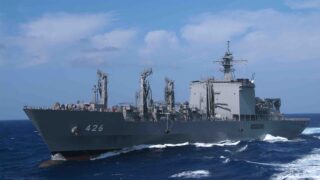
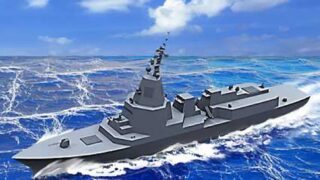
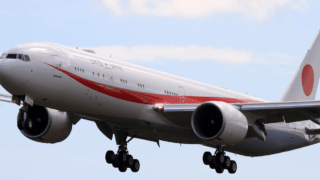
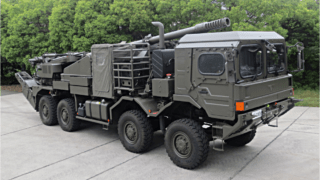
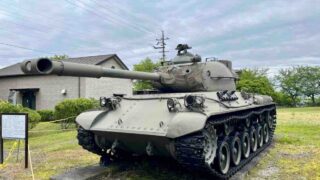
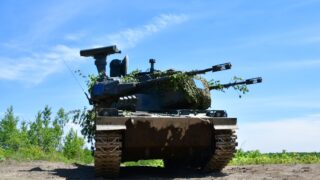

Comments